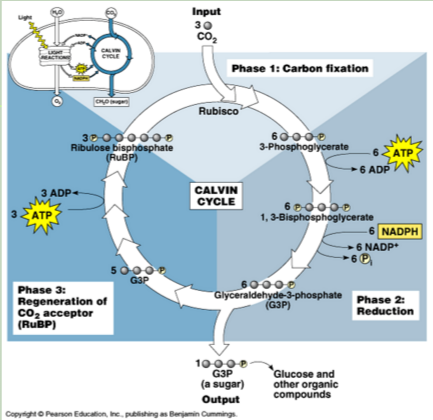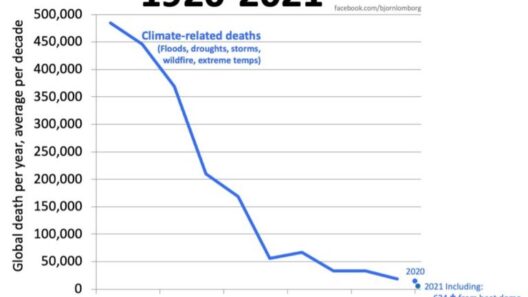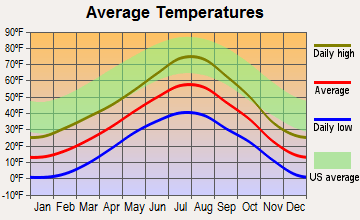Climate is a multifaceted concept often misconstrued as merely the average weather conditions prevalent in a particular region over a long duration. However, it embodies a far more intricate tapestry woven from meteorological patterns, ecological dynamics, and anthropogenic influences. Understanding climate is pivotal, especially in an era where its perturbations hold profound implications for our planet and future generations.
At its core, climate is determined by a myriad of factors, including solar radiation, atmospheric composition, oceanic currents, and terrestrial topography. These elements interact in complex ways, resulting in unique climatic conditions. For instance, regions closer to the equator typically experience warmer temperatures due to direct sunlight, while those at higher latitudes often grapple with frigid conditions. Yet, climate is more than just latitude; it encompasses the altitude, landforms, and the presence of large bodies of water, each contributing to localized weather patterns and climatic conditions.
The Earth’s climate system is essentially an intricate balance of energy received from the sun and energy radiated back into space. This balance is influenced by the greenhouse effect, a natural process whereby certain gases in the atmosphere trap heat, thus maintaining temperatures conducive to life. Carbon dioxide, methane, and nitrous oxide are a few of the greenhouse gases that contribute to this phenomenon. However, human activities, particularly industrialization and deforestation, have exacerbated greenhouse gas emissions, resulting in an alarming acceleration in global warming.
As we delve deeper into factors influencing climate, it becomes evident that natural phenomena such as volcanic eruptions and solar activity also play a pivotal role. Eruptions can release substantial ash and sulfur dioxide into the stratosphere, leading to temporary cooling. Conversely, variations in solar activity can result in fluctuating temperatures. These elements, although significant, are now dwarfed by the rate at which human activities are altering the Earth’s climate equilibrium.
Climate is not static; it evolves over relatively long geological timescales. Paleoclimate records, derived from tree rings, ice cores, and sediment layers, reveal oscillations in climate due to natural occurrences such as Milankovitch cycles—variations in the Earth’s orbit and axial tilt affecting solar energy distribution. These historical patterns underscore a crucial takeaway: while climate has always been subject to change, the current trajectory orchestrated by human interference is unprecedented.
Inextricably linked to climate is the concept of weather—short-term atmospheric conditions. Weather can fluctuate dramatically from hour to hour, unlike climate, which is much more consistent over years. This distinction often complicates public perception, leading some to dismiss climate change evidence due to temporary weather anomalies. A singular cold snap does not negate the overarching trend of rising global temperatures. Recognizing this distinction is vital in fostering an informed public dialogue on climate issues.
Scientific consensus is increasingly resounding regarding climate change: it is occurring, and human actions are the primary catalyst. The Intergovernmental Panel on Climate Change (IPCC) has consistently highlighted that the impacts of climate change are profound and far-reaching. From rising sea levels threatening coastal communities to increased frequency of extreme weather events, the ramifications are dire. Ecosystems are also under siege; species extinction rates are accelerating, and biodiversity is suffering as habitats shift or perish altogether.
Moreover, climate change impacts socio-economic structures. Vulnerable populations are disproportionately affected, often lacking the resources to adapt or recover from climatic disruptions. Food security is compromised as agricultural patterns shift and water availability wanes. The economic ramifications of climate change will manifest in myriad ways—from rising insurance premiums in disaster-prone areas to increased health care costs associated with climate-induced ailments.
Addressing climate change necessitates a multidimensional approach. Firstly, mitigation is essential—reducing greenhouse gas emissions through transitioning to renewable energy sources such as solar, wind, and hydroelectric power. Innovations in energy efficiency and storage also hold promise for decreasing our carbon footprint. Secondly, adaptation strategies are imperative for enhancing resilience against climate change impacts. This includes infrastructural adjustments, sustainable agricultural practices, and improved water management systems.
Furthermore, international collaboration is indispensable. Climate knows no borders; hence, shared solutions are vital. Global treaties such as the Paris Agreement epitomize collective efforts to limit global warming, urging nations to commit to reducing emissions and supporting developing countries in their climate initiatives. Climate justice must be integrated into these frameworks—acknowledging that developed nations bear a greater historical responsibility for emissions while advocating for equitable solutions that uplift the most vulnerable communities worldwide.
Equally significant is fostering a culture of climate literacy. Education can empower individuals to understand the intricacies of climate science and advocate for sustainable practices in their communities. Grassroots movements play a fundamental role in igniting change, galvanizing public support for policy shifts and corporate accountability in their environmental practices. Awareness campaigns, public demonstrations, and community projects can catalyze a broader societal commitment to climate action.
In summation, comprehending climate extends beyond mere weather observation, demanding an exploration of the intricate interplay of various elements that shape our planet. Recognizing the authenticity of climate change and its pervasive impacts is crucial. This understanding lays the groundwork for proactive measures to mitigate its effects, adapt to its realities, and engender a sustainable future for all. The time for action is now, and a resilient society hinges on our collective willingness to engage with the realities of climate change, fostering a reverence for the environment that sustains us all.








